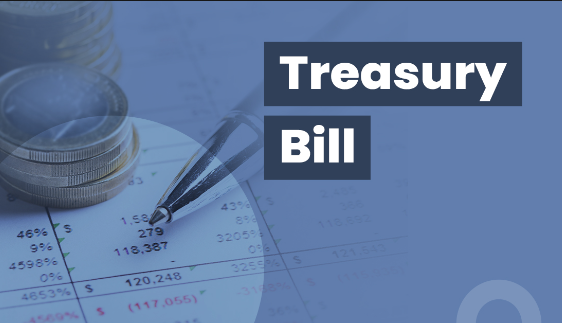The auction results for the week on treasury bills were disclosed in a release by the Central Bank of Kenya on Thurday. Government papers experienced oversubscription throughout the week, with an overall oversubscription rate of 241.5%.
Particularly noteworthy was the 91-day treasury bill, witnessing an extraordinary oversubscription rate of 1,114.4% and a market-determined rate of 16.1%. This indicates a significant investor demand for higher rates to lend money to the government for a mere three months, approaching the record high of 22.5% observed in October 2015.
Simultaneously, redemptions and rollovers for government papers during the week totaled KES 42.9 billion, with the 91-day treasury bill accounting for KES 36.4 billion. Redemptions signify the maturity of existing T-bills, necessitating the government to repay the principal to investors, while rollovers involve issuing new T-bills to replace maturing ones, effectively refinancing the debt.
These results depict a scenario where investors perceive the market as volatile and risky in the long term, prompting a preference for short-term investments. Investors are attracted to the potential of earning significant yields within a relatively brief period, providing flexibility and liquidity for potential reinvestment or adjustments in response to market changes.
However, for the government, these results highlight a complex situation. The surge in subscription rates for the 3-month T-bills, combined with high yields and substantial redemptions, exerts considerable strain on government finances. Some economists interpret this as a manifestation of government desperation to secure funding at any cost, much of which goes towards servicing previous debt.
As this financial landscape unfolds, questions arise about when and how this trend will cease. Investor behavior is influenced by various factors, including economic indicators, regulatory changes, and global trends. While investors buying the 3-month paper may find it a justifiable move, the government faces the ongoing challenge of balancing immediate fiscal needs with the long-term sustainability of its financial position.
Following last month’s increase in the Central Bank Rate, the yield for these papers is likely to rise further. This, coupled with continuous demand for short-term papers and market volatility, raises serious questions about the sustainability of this trend. The government must take measures to alleviate the financial burden associated with high-interest short-term loans, ultimately emphasizing the need to enhance the overall health of the economy.

















